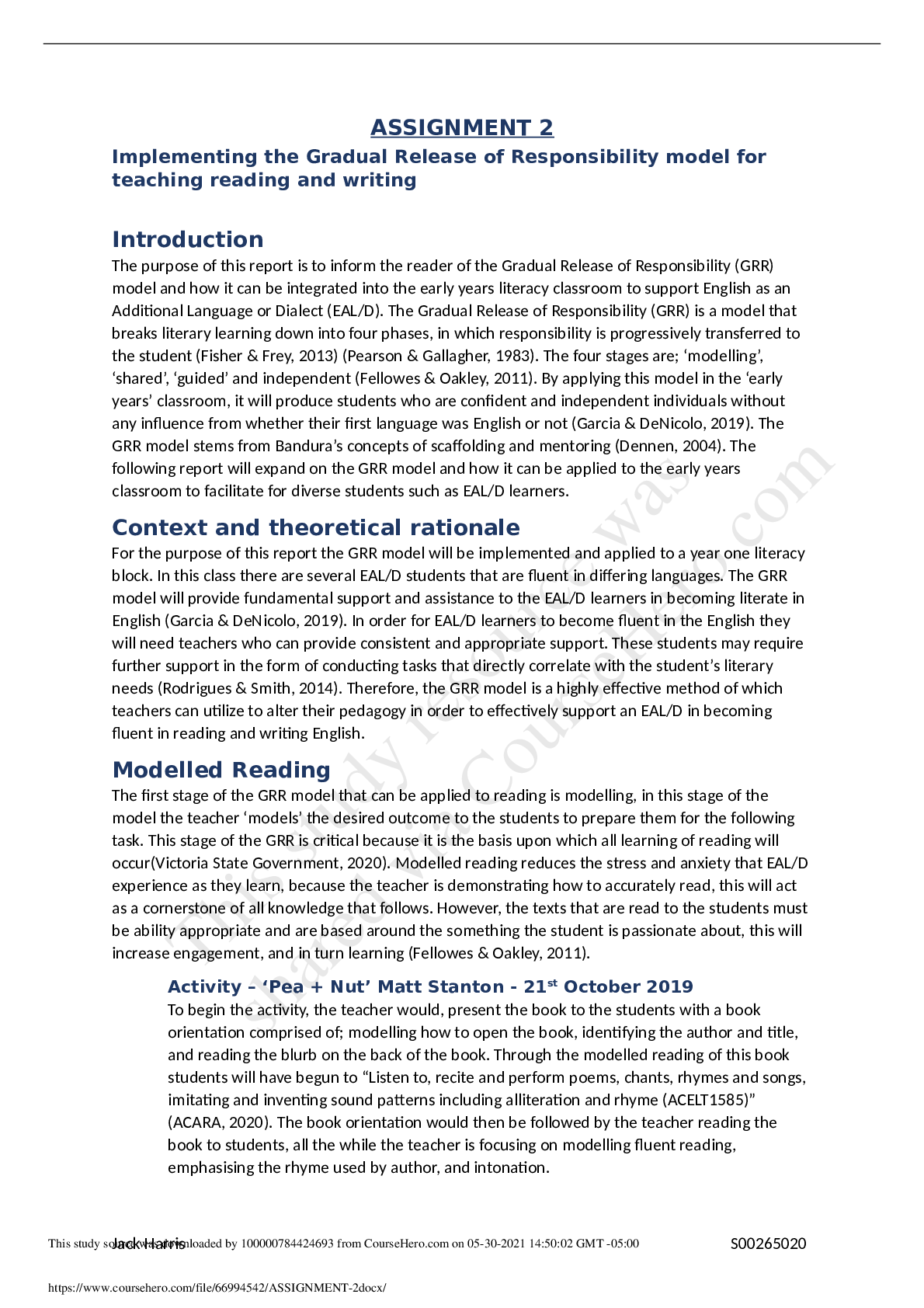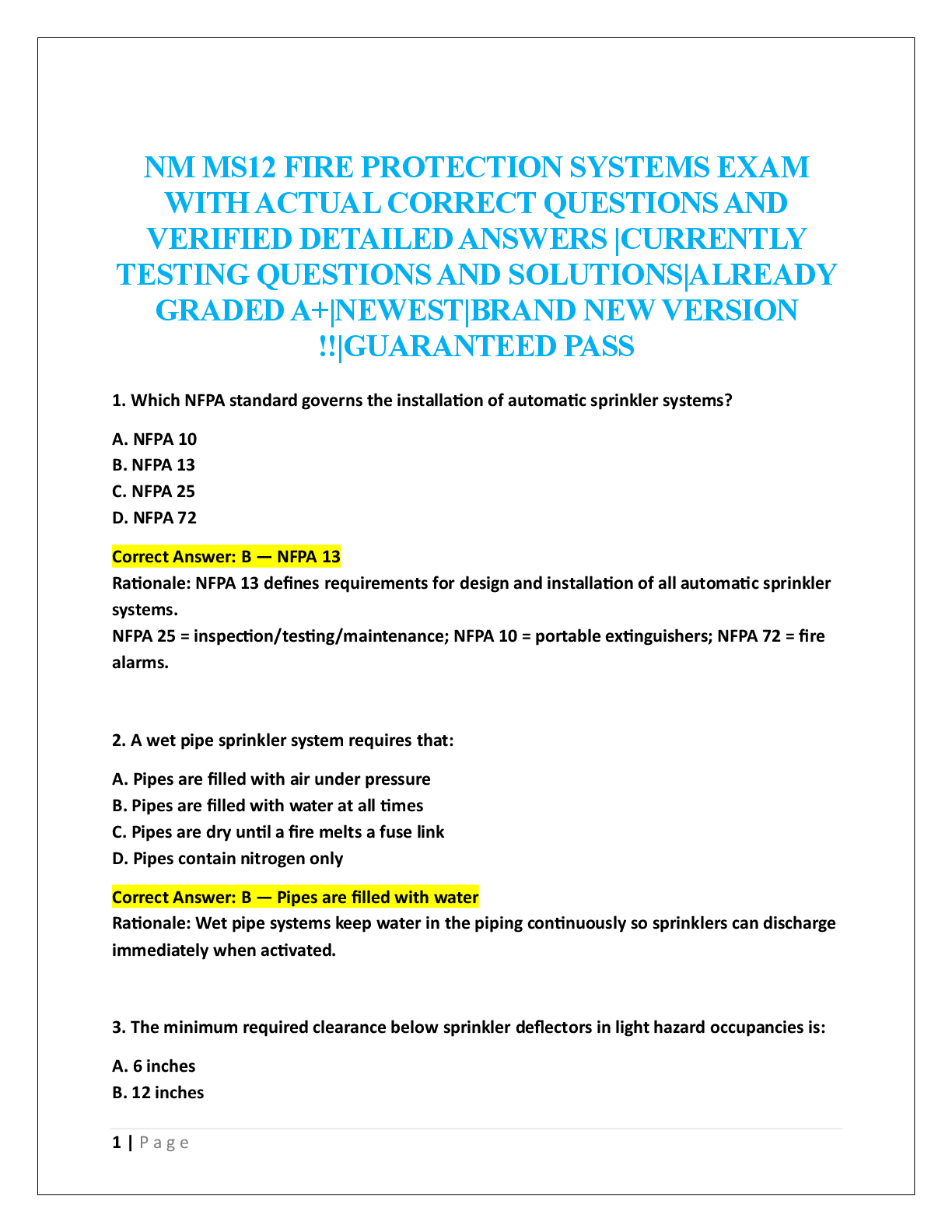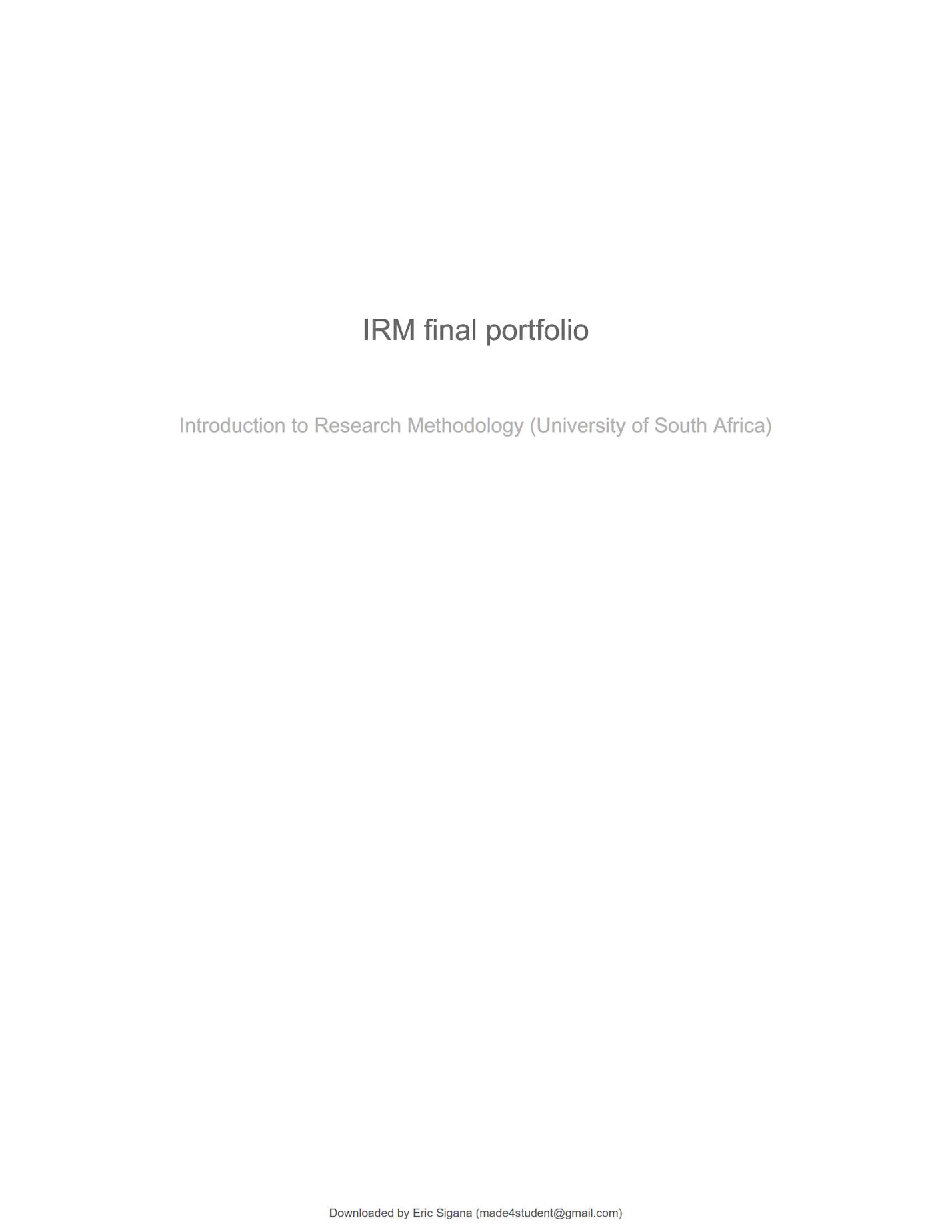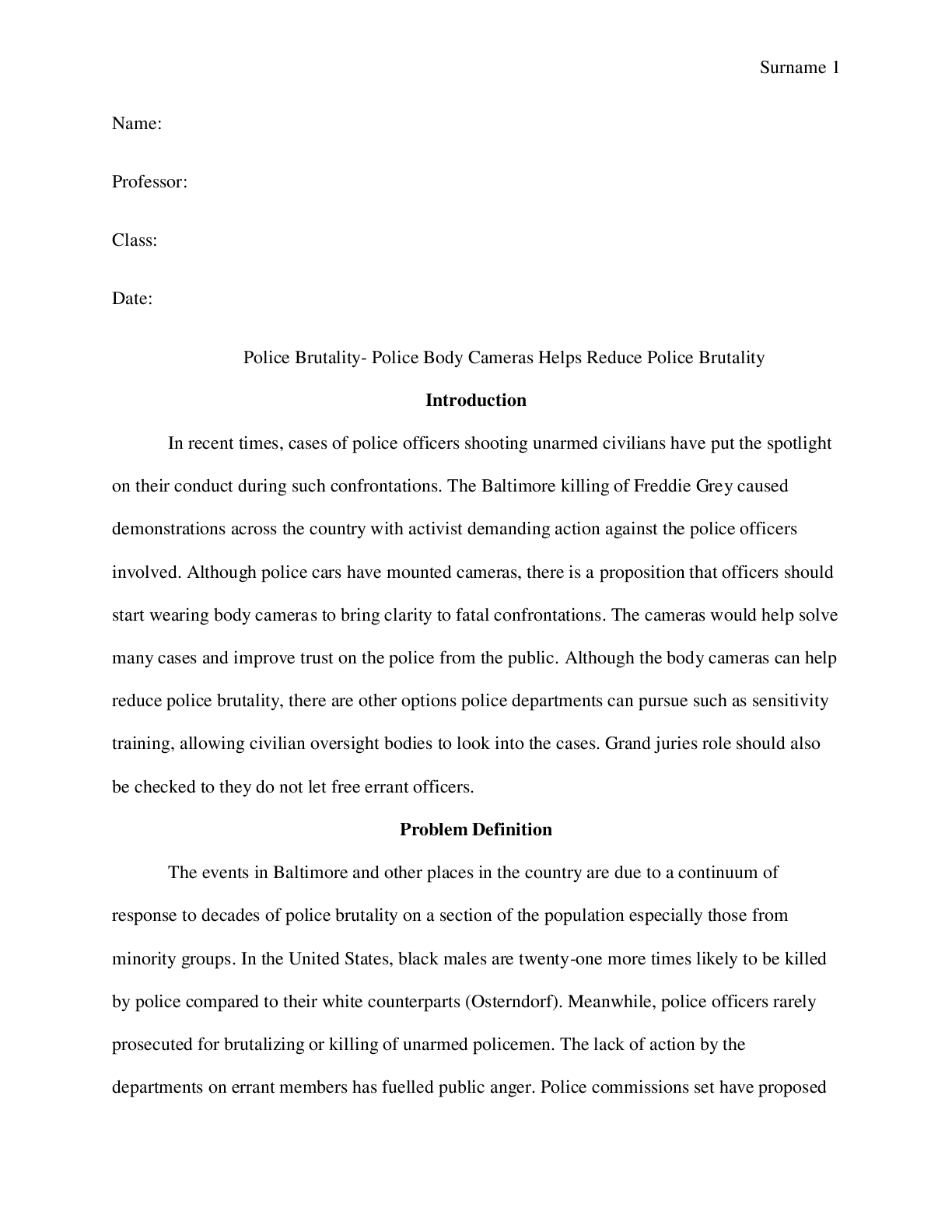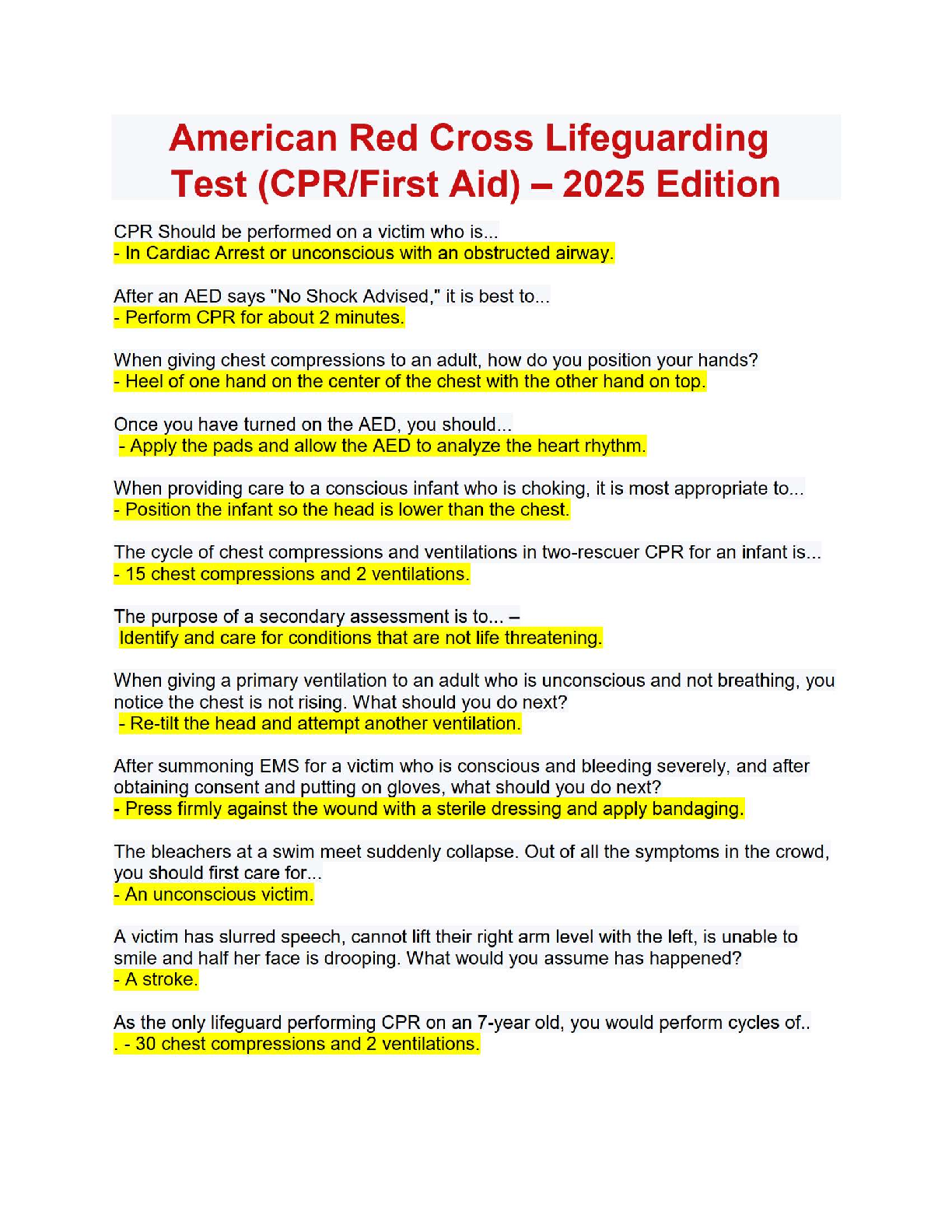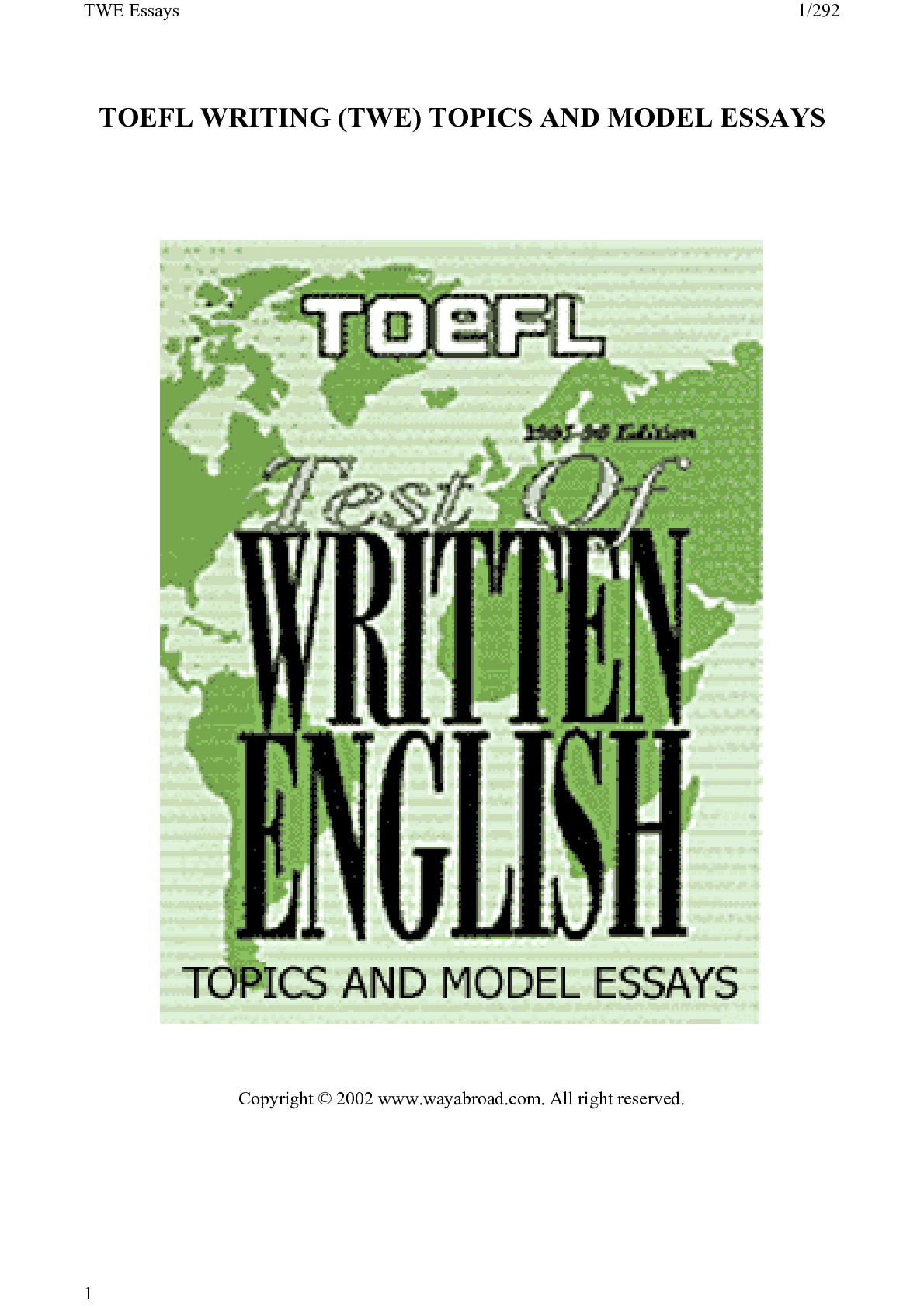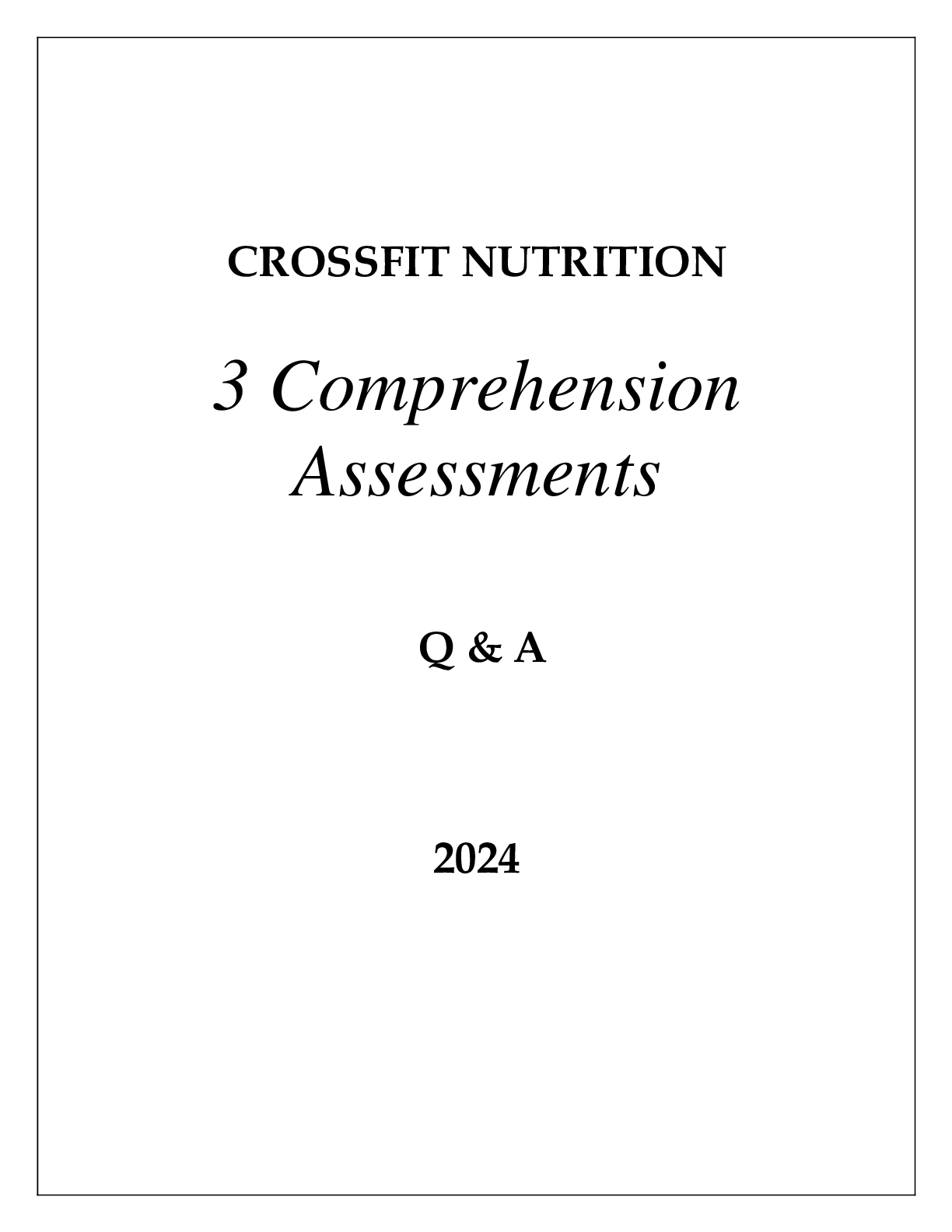English > ESSAY > Implementing the Gradual Release of Responsibility Model for Teaching Reading and Writing to Year 1 (All)
Implementing the Gradual Release of Responsibility Model for Teaching Reading and Writing to Year 1 EDLA241 ASSIGNMENT 2
Document Content and Description Below
Implementing the Gradual Release of Responsibility Model for Teaching Reading and Writing to Year 1 EDLA241 ASSIGNMENT 2 Ella-Rose Manning S001800751 The Gradual Release of Responsibility (GRR) ... The Gradual Release of Responsibility (GRR) is a model developed by Jerome Bruner based on the notion of ‘scaffolding’. This strategy relies on teachers providing structured learning environments through the use of strategic support such as giving information, prompts and encouragement. This allows children build their confidence and understanding before attempting tasks on their own (Woolfolk & Margetts, 2016). The model is used by teachers across the curriculum, including implementing literacy education. When using the (GRR) strategy, teachers initially provide a high degree of support to students, then gradually handover responsibility to the learner (Fellows & Oakley, 2014). Children learning English as an Additional Language or Dialect (EALD), including overseas or Australian-born students and Aboriginal and Torres Strait Islander students whose first language is an Indigenous language, benefit from this strategy when applied in the Early Years’ classroom to teach reading and writing as it promotes effective learning (Collet, 2012). When teaching reading and writing skills teachers can initially apply modelled learning followed by shared learning, until children reach guided learning where the child has increased control. Once the child has mastered the skill they become independent and receive little teacher support as outlined in the diagram below (Fellowes & Oakley, 2014).2 Gradual Release of Responsibility Model (Fellowes & Oakley, 2014, p. 272) The NSW Department of Education and Communities (DEC) (2014), state that EALD learners ‘require additional support to assist them to develop English language proficiency’ (p.6). Children learning English as an Additional Language or Dialect often have difficulty and make errors in reading and writing that are unique to EALD learners, such as Concepts about Print (CAP) and errors in verb tense and time orientation, subject, verb agreement, pronouns, prepositions, articles, and singular and plural form of words (Fellowes & Oakley, 2014). These errors can be minimised using the GRR model to form the basis of planning to help integrate EALD learners to ensure they are meeting the outcomes of the Australian English Curriculum (DEC NSW, 2014). Modelled Reading Modelled reading is usually used in a whole class situation and is an explicit teacher demonstration to show students the process of reading while they listen and observe. The same text is commonly used for several lessons to develop students’ understanding. In the first reading the teacher helps students to decode the text and to assist their understanding3 in literal and inferential meanings presented in the text and illustrations (Winch, Johnston, March, Ljungdahl & Holliday, 2014). The teacher must also show how to appropriately use phrasing, expression and when to pause at unfamiliar words to show different strategies to ‘solve’ the word. Strategies may include reading the sentence and drawing from different cue systems and comparing information (Winch et, al., 2014). Teachers should also ask for suggestions from students to involve them in the reading process and to observe what strategies they use to solve unfamiliar words. The following steps are suggested procedures for teachers when demonstrating modelled [Show More]
Last updated: 3 years ago
Preview 1 out of 14 pages

Buy this document to get the full access instantly
Instant Download Access after purchase
Buy NowInstant download
We Accept:

Reviews( 0 )
$9.00
Can't find what you want? Try our AI powered Search
Document information
Connected school, study & course
About the document
Uploaded On
May 30, 2021
Number of pages
14
Written in
All
Additional information
This document has been written for:
Uploaded
May 30, 2021
Downloads
0
Views
161







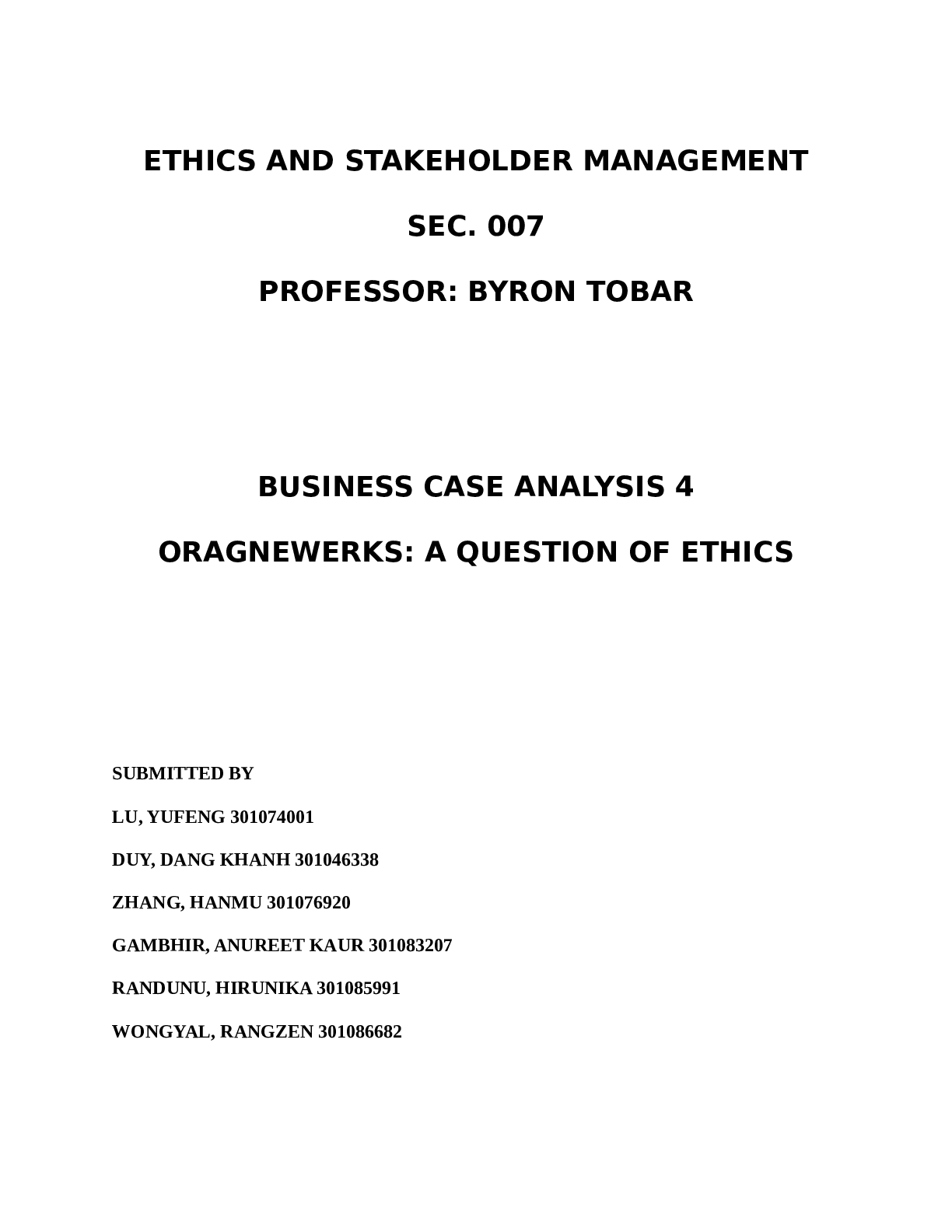
.png)
